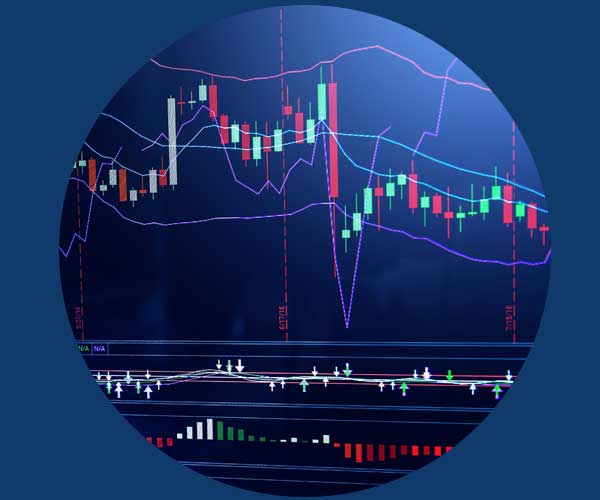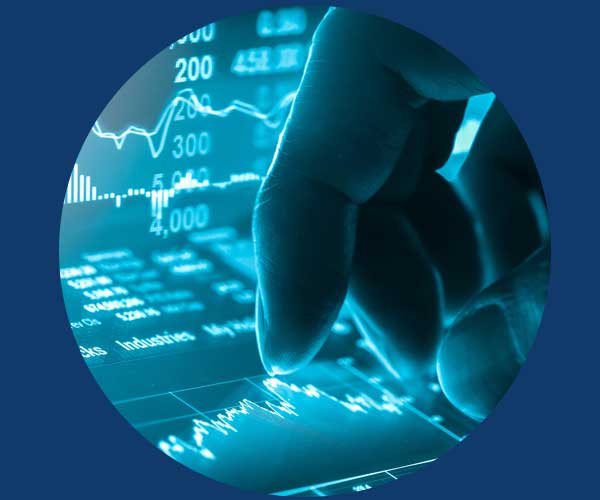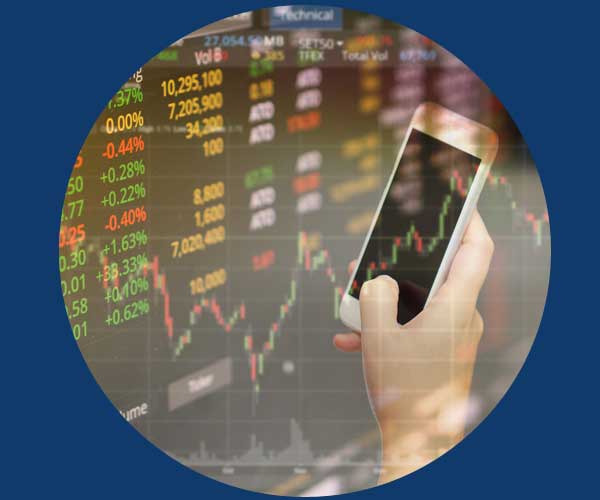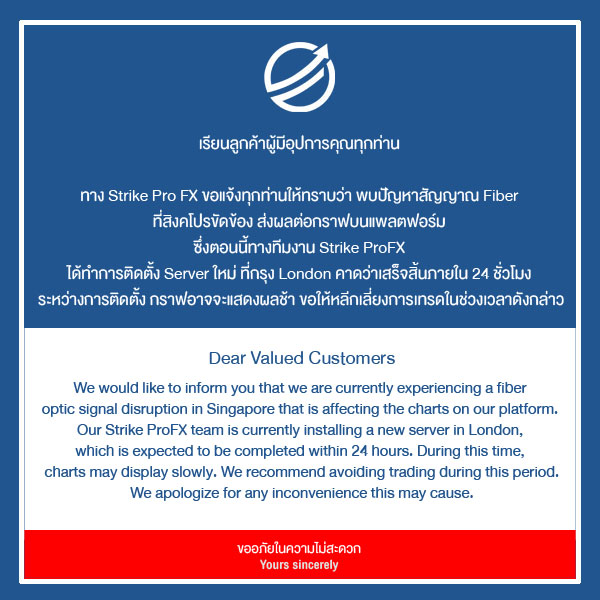
What is Slippage?
What is Slippage?
The meaning of the slippage is the discrepancy between the price at which the system generates Buy / Sell Signal and the executed price. It can be caused by many reasons such as Low stock liquidity, abnormal market conditions or very positive or negative news coming during the day Causing the price to move violently etc.
These unforeseen events require investors to test and estimate the slippage before making any investment decisions. In addition to increasing the Slippage value in system testing, It is another way to check the robustness of the system, which is a system that is sensitive to high prices (High Sensitivity) or trading systems that trade frequently and are able to make a profit per one. Trading is not high enough (low Expectancy). When these systems encounter Slippage in real investments, the system’s return is immediately worse than expected.
The main reason for the slip page is the volatility of the forex market. And the speed of execution of order matching
When the market is highly volatile in general, it means that there is low liquidity. And the market price will fluctuate quickly This affects Forex traders when the FX liquidity is insufficient to fulfill the order at the requested price. When this happens the liquidity service provider will continue to process orders at the best available price.
Another reason that caused slip pages is the speed in processing order matching. The faster your electronic data communications (ECN) network is the more you can get the price you want. With fluctuations in market prices that change in fractions of a second Faster actions can make all the difference, especially in high volume trades
Slippage in various formats
The Slippage phenomenon is inevitable in live trading, no matter what asset you invest in. Even if the liquidity of the assets chosen is low, our system will have to deal with the higher average slippage. We will divide the units of measure of Slippage into 3 forms which are

1. Slippage in percent (Percent)
What it means is that we have bought (or sold) a few percent more expensive (or cheaper) than the price at which the signal occurred. For example, if the Slippage equals 3%, the cost price of a stock that can actually be bought into the portfolio is more expensive. The price at which the signal is bought is 3%, and the stocks that are sold from the portfolio are cheaper than the price of the signal that is sold by 3%. The total is 6% of the slippage in each transaction.

2. Slippage in the spread unit
The meaning of is We buy (or sell) more expensive (or cheaper) than the price at which the signal occurred. For example, if the Slippage equals 3 channels, the signal price is equal to 5 baht but the actual price that matches the order the purchase price (Match) is 5.15 baht, which is 3%. However, what makes the difference with the percentage slippage is that the stock price in each price range is not the same spread. For example, if a stock is priced at 200 baht, there will be a spread equal to 1 baht per channel. Therefore, 3 channels of Slippage means that it can be purchased at 203 baht or 1.5%.

3. Slippage in volatility units
The meaning of the Slippage value in Volatility units is the price that is traded, what is the percentage of the price range on the day of the trading signal? By calculating the volatility, the opening price will be used as the main variable by considering the difference between the open price and the highest price (Open High Range) for the case of a buy signal. And the difference between the open price and the lowest price (Open – Low Range). In the case of a sell signal, for example the stock XX at the opening price of 10 baht and the highest price is 11 baht, the actual purchase price including 30% Slippage will be equal to 10.


